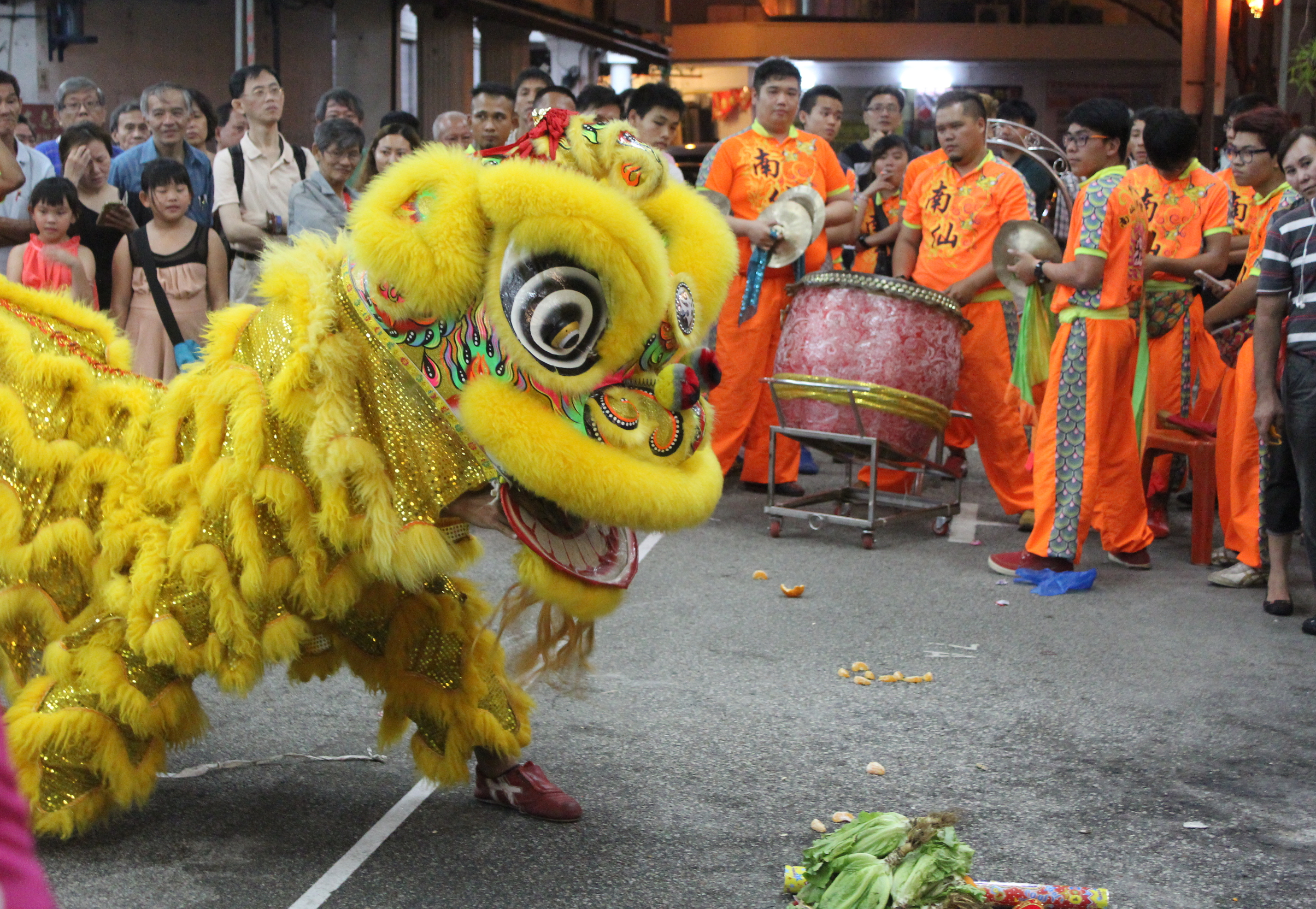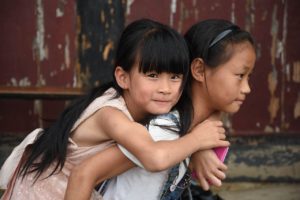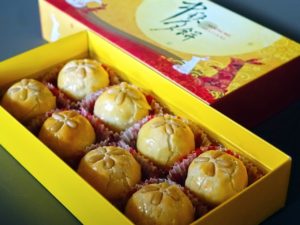Celebrate Chinese New Year, or 春节 Chūnjié, the Spring Festival
Chinese New Year, also known as 春节 Chūnjié, (Spring Festival) is one of the most important and widely celebrated festivals in China and among Chinese communities worldwide. This ancient holiday, steeped in history and cultural significance, marks the beginning of the lunar calendar. It is a time for family reunions, festive meals, and honoring traditions that date back thousands of years. Chinese New Year doesn’t fall on the same day every year, because it follows the lunar calendar. According to this calendar, the new year begins on the new moon between January 21st and February 20th, so the exact date of the Spring Festival changes every year.
Historical Origins of Chinese New Year
The origins of Chinese New Year are rooted in legend and history. One of the most famous stories involves the mythical beast 年兽 Nián shòu (the Nian beast). This creature would terrorize villages at the end of each year. To ward off the Nián, villagers would light 竹 zhú (bamboo), later replaced by 爆竹 bàozhú (firecrackers), and hang red decorations, and make loud noises. These practices have evolved into modern-day customs that are still associated with the festival.
Historically, the festival’s roots lie in agrarian traditions, celebrating the end of winter and the beginning of spring. Farmers would offer sacrifices to deities and ancestors, praying for a prosperous harvest. The Chinese zodiac (生肖, Shēngxiào) also plays a significant role. Each year is associated with one of twelve animals, cycling every twelve years. These zodiac signs influence various aspects of the celebrations, including decorations and New Year’s greetings.
Cultural Significance of Chinese New Year
Chinese New Year is much more than just a celebration; it’s a time to strengthen family bonds, pay respects to elders, and welcome good fortune. The festival emphasizes the values of unity, gratitude, and renewal.
One of the most meaningful traditions is the 团圆饭 tuányuánfàn (reunion dinner) on New Year’s Eve. Family members gather, often traveling long distances, to share a sumptuous meal and bid farewell to the old year. Offering 红包 hóngbāo (red envelopes) filled with money is another cherished custom, symbolizing blessings and good luck for the recipient.
Cleaning the house before the Spring Festival is also a widespread practice. Some believe that this sweeps away bad luck and makes room for incoming blessings. However, sweeping or cleaning on New Year’s Day is avoided, as it could sweep away good fortune.
Special Foods and Festive Customs of Chinese New Year
Food is an essential part of Chinese New Year celebrations, with each dish carrying symbolic meanings.
饺子 jiǎozi (dumplings) are similar in shape to 元宝 yuánbǎo, which were a kind of gold and silver ingot used as currency in Imperial China. Because of their shape, 饺子 jiǎozi symbolize wealth and prosperity. They are often made and eaten at midnight on New Year’s Eve.
The word 鱼 yú (fish) sounds exactly like 余 yú (surplus). So this dish is a must-have during the Spring Festival to ensure a year of abundance.
Another traditional food for Chinese New Year is 年糕 niángāo (glutinous rice cake). Its name is a homophone for 年高 nián gāo (year high), so the food is associated with a more prosperous year ahead.
春卷 chūnjuǎng (spring rolls) are also a popular spring festival food. Their shape and color resemble gold bars, so this food is another one that is eaten to attract wealth.
Traditions of Chinese New Year
There are many well-known traditional ways of celebrating Spring Festival. The street performances of 舞龙舞獅 Wǔlóng Wǔshī (Lion and Dragon Dances) involve drums and cymbals, which drive away evil spirits and bring good luck. The fearsome faces of the lion and dragon, along with energetic dances, help evict these spirits. There are also the loud sounds of 鞭炮 biānpào (firecrackers) to help scare off bad luck and bring in good fortune.
Red is the dominant color of decorations during Chinese New Year. The 年兽 Nián shòu (the Nian beast) is believed to fear the color red, which is one possible reason why Chinese homes are adorned with red decorations. In Chinese culture, red symbolizes joy, virtue, and sincerity, so it is an important color. There are 红灯笼 hóng dēnglóng (red lanterns) 字帘 dùílián (word curtains or scrolls with festive messages), and 绸花 chóu huā (silk flowers) to invite happiness and prosperity. Another common decoration is the character 福 fú (blessing) displayed on a red diamond at the entrance to homes. It’s often hung upside down, because 倒 dào (upside down) sounds the same as 到 dào (arrive), so the practice invites the arrival of good luck and blessings.
Celebrating Chinese New Year Worldwide
Chinese New Year has transcended borders, becoming a global celebration. In cities with large Chinese communities, such as New York, San Francisco, London, and Singapore, you’ll find huge celebrations. There are vibrant parades and festivities, showcasing Chinese culture to a wider global audience.
Chinese New Year is a rich tapestry of traditions, history, and family. Whether it’s through the delicious foods, vibrant customs, or heartfelt reunions, the festival embodies the hopes and aspirations for a better year ahead. 新年快乐! Xīnnián Kuàilè! Happy New Year!
Get on the road to speaking Chinese with the Language Garage!
We hope you’ve enjoyed learning about Chinese New Year, also known as Spring Festival or 春节 chūnjié. If you’re interested in learning more, check out our other posts on Chinese language, culture, and more. And if you’re looking for convenient and affordable live Chinese lessons with a real teacher, check out The Language Garage. Our lessons are given online in a virtual classroom, so it doesn’t matter where you live or work – we can come to you. And we have flexible options, with a free trial so that you can decide if there’s a fit. Check us out!
Image source Wikimedia Commons






